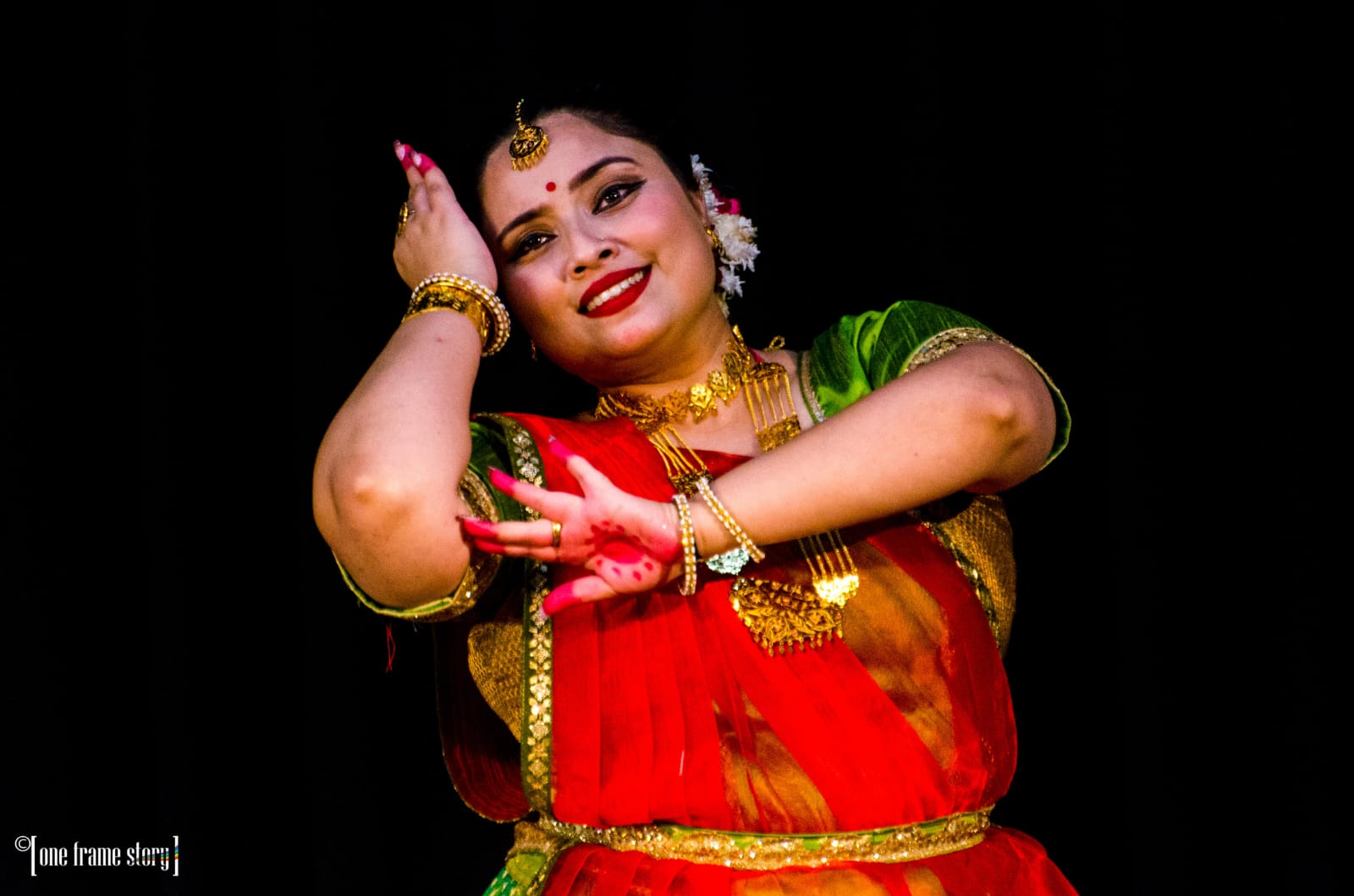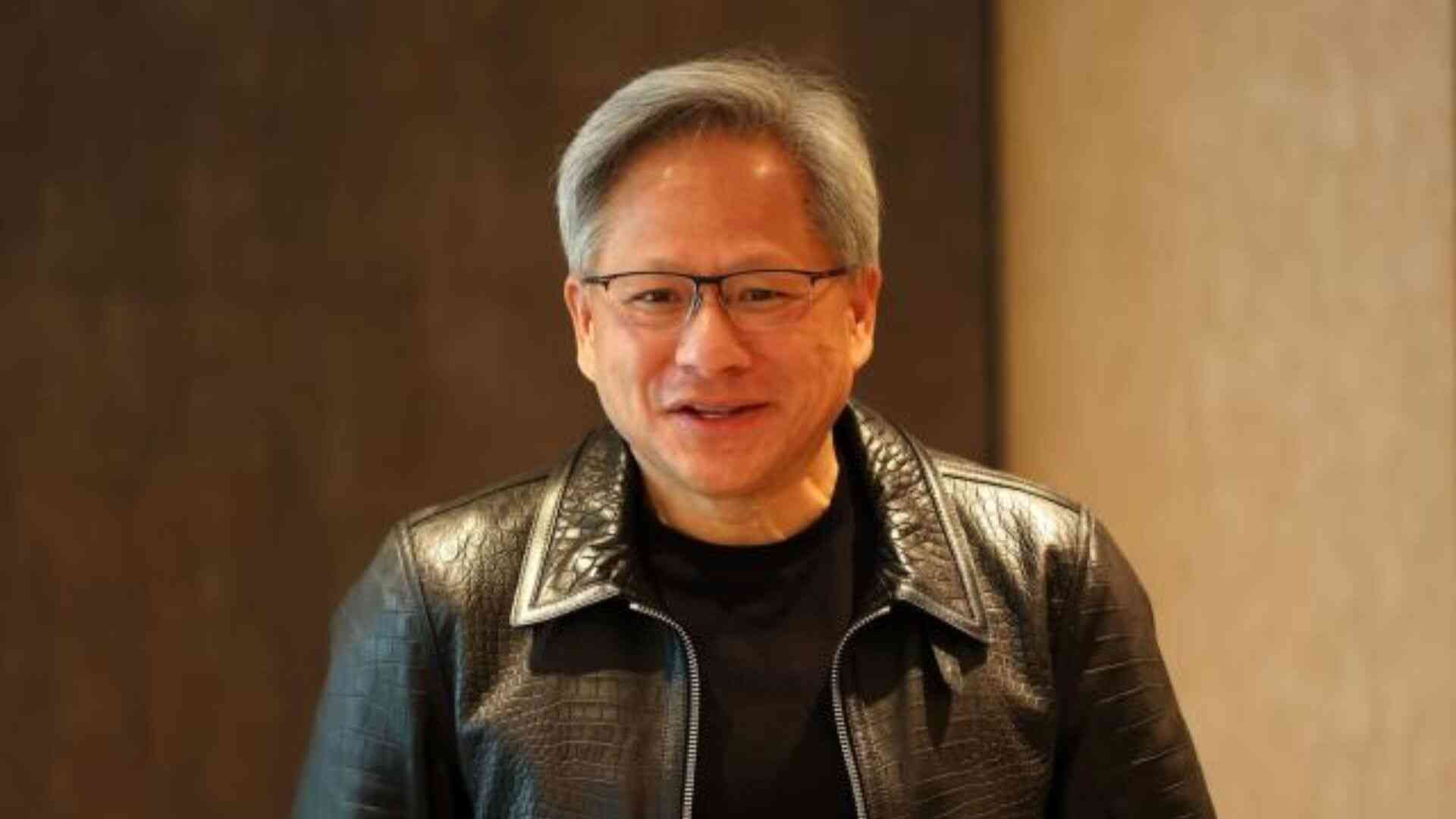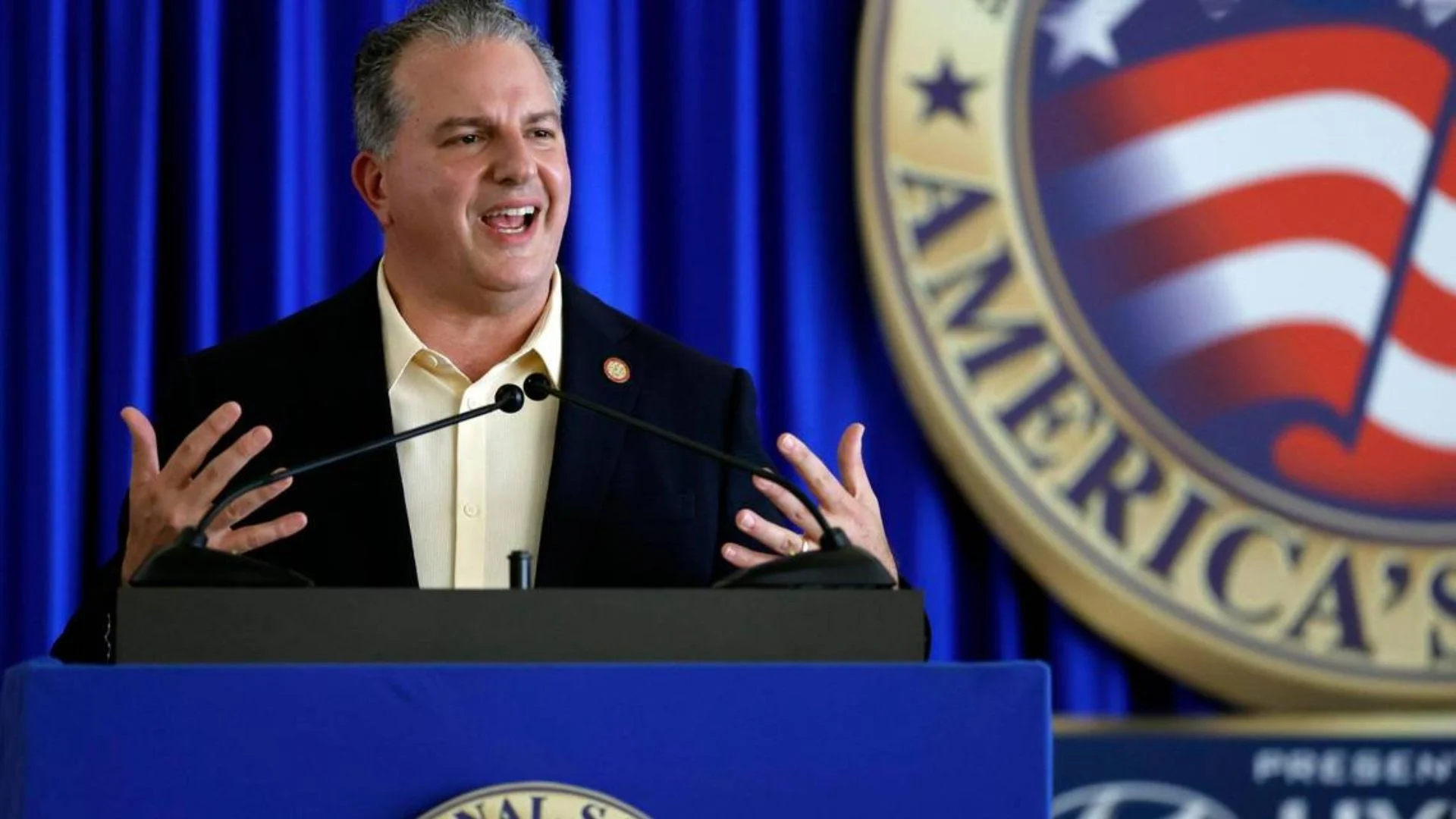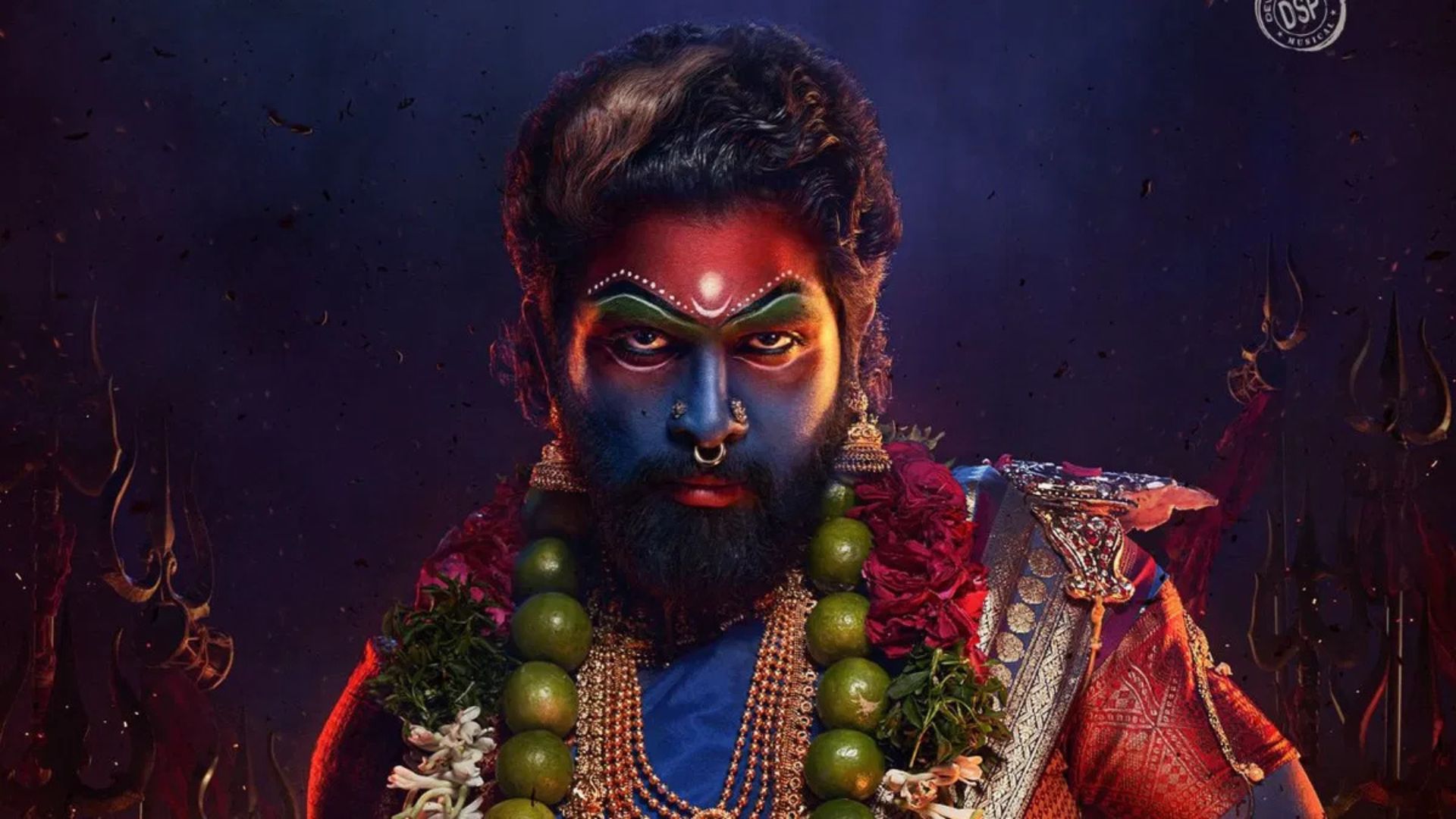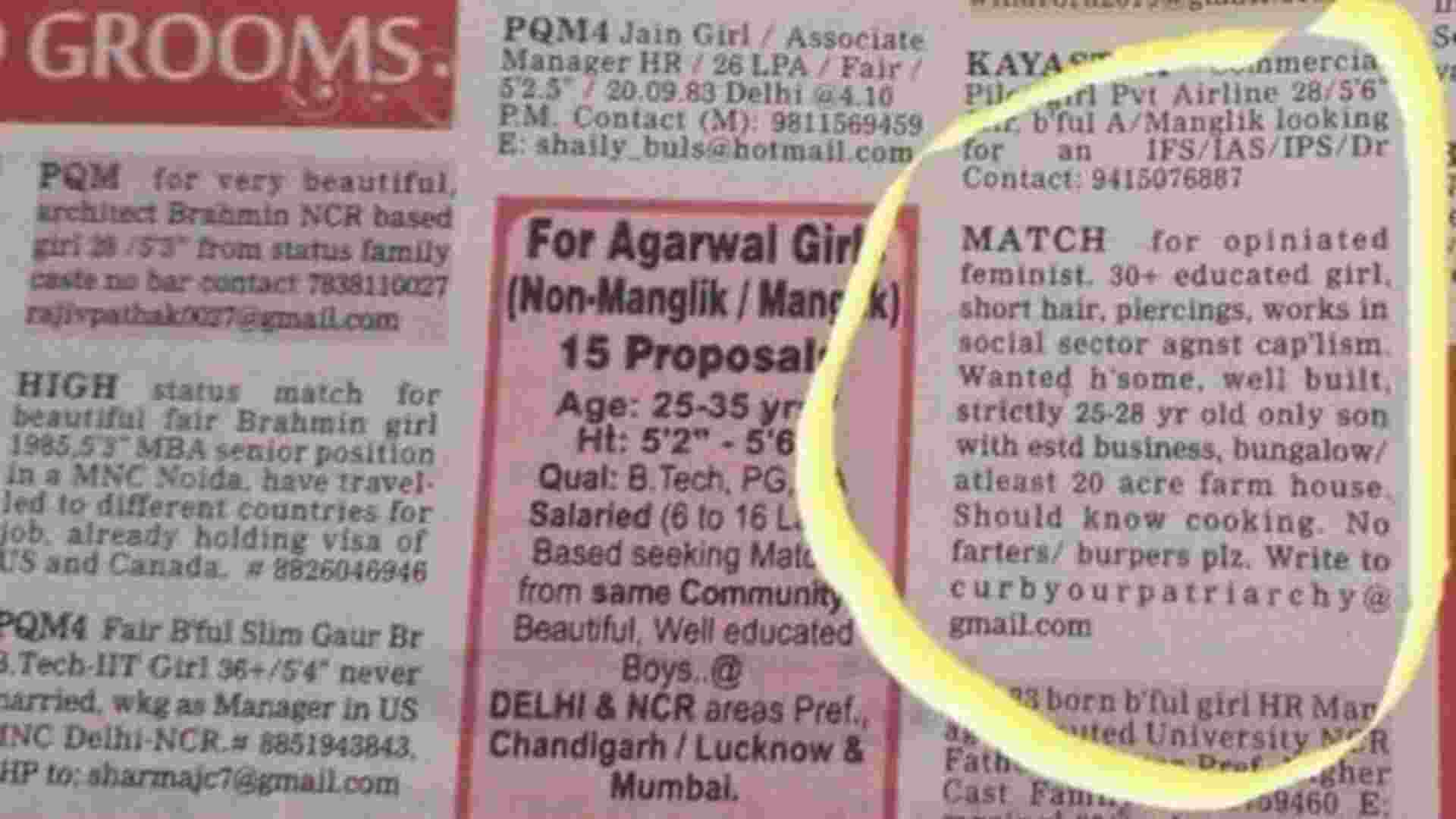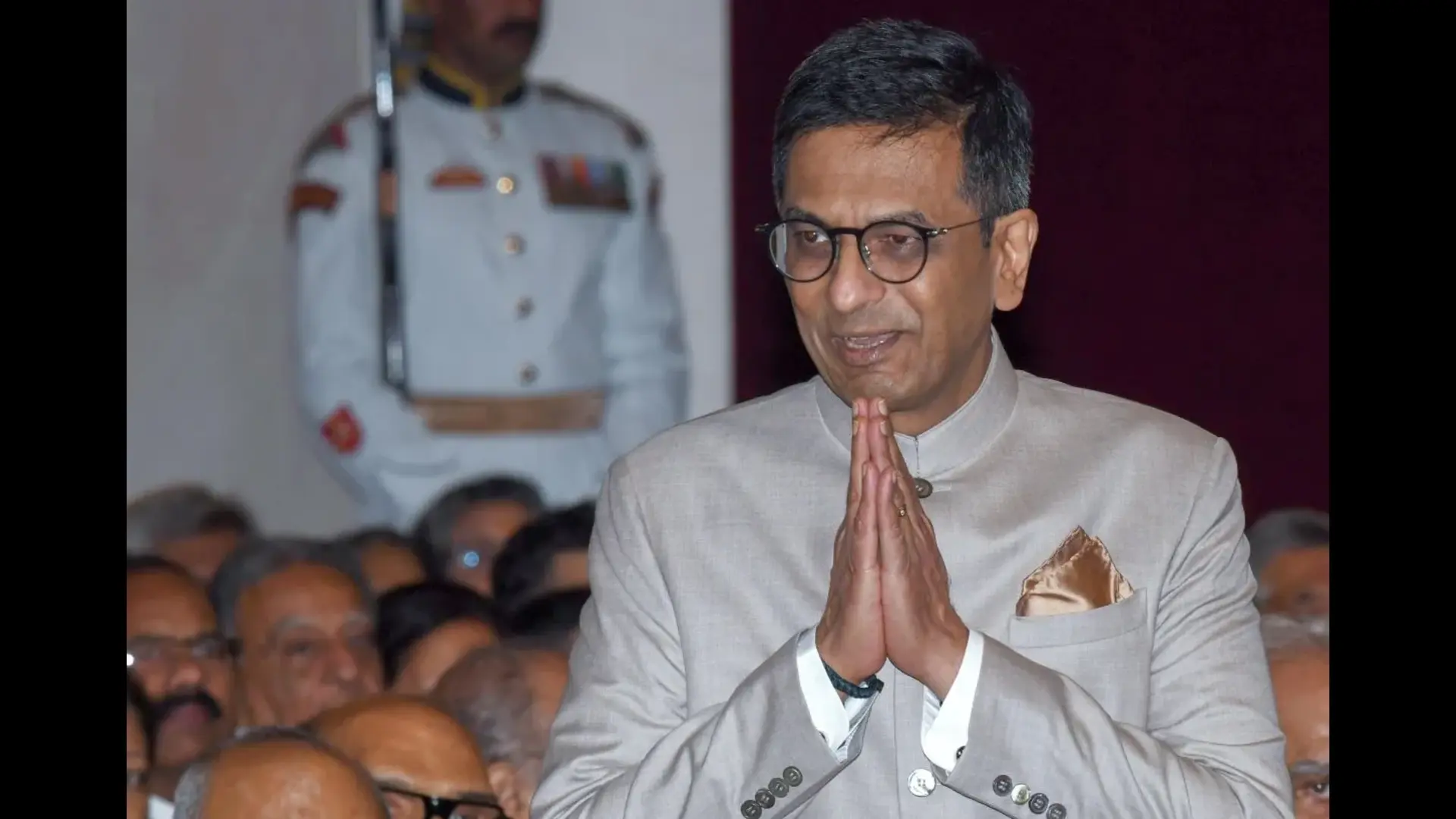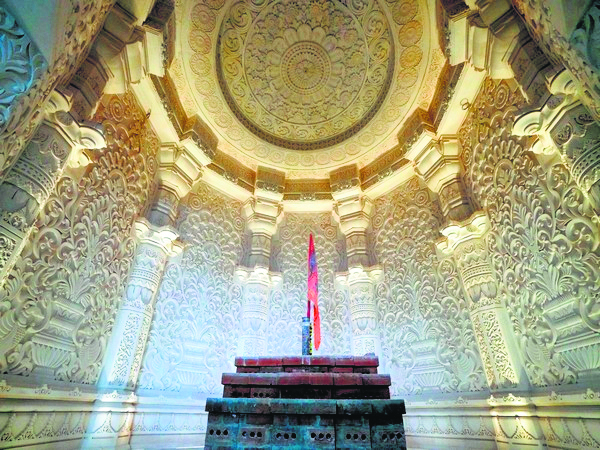
One of the longest running battles in the legal history of India has come to an end on 9 November 2019. After this, the foundation stone of Ram Lalla’s temple was laid there and now on January 22, the incomparable statue of Ram Lalla is going to be consecrated in the grand temple built in Ayodhya.
Let us know from where and how the Ram Janmabhoomi dispute started and why Sanatan Dharma people had to wait so long to get the right to worship Ram Lalla.
Everyone knows that on January 22, 1526, Mirbaki, the Shia Muslim commander of the Muslim invader Babar, demolished the grand Ram temple of Ayodhya and built the Babri Masjid. Lakhs of Hindus shed blood and made sacrifices for the reconstruction of Ram temple for almost 400 years. Maharaja Ranjit Singh had captured Ayodhya by sending an army of thousands of Nihangs and established Ram Lalla along with Nishan Sahib there, but this happiness could not last long.
But, The first attempt of Sanatanis on Ayodhya through the court started 134 years ago. From the period of British slavery to the Civil Court of Faizabad in independent India to the Lucknow Bench of Allahabad High Court and then to the Supreme Court, we are presenting here the account of the legal battle that went on for years.
During Colonial Period
The first recorded legal history of the Ayodhya dispute is from 1858. On November 30, 1858, a man named Mohammad Salim filed an FIR against a group of Nihang Sikhs who had set up their mark inside the Babri Masjid and also performed havan and puja in front of an idol with “Ram” written on it. Awadh Police Station Officer Shital Dubey verified the complaint in his report dated December 1, 1858 and even stated that the Sikhs constructed a platform and installed the statue. This became the first documentary evidence that Hindus were present not only in the outer courtyard but also inside the inner courtyard.
The legal battle began in 1885, when Mahant Raghubar Das filed a suit (No. 61/280) in the Civil Court of Faizabad against the Secretary of State for India in Council. In his suit, Mahant Raghuvar Das claimed that he is a Mahant and is situated on a platform in the outer courtyard and he should be allowed to build a temple there. But the British judge dismissed the case in 1885. A civil appeal was filed against the decision of 27 November 1885. Faizabad District Judge F E R Chamier decided to visit the spot before passing the order. He later rejected the appeal.
A second civil appeal (No. 122) was filed against the dismissal of this appeal, which was also dismissed by the Judicial Commissioner’s Court. There was no legal progress in the Ram Mandir case for the next 63 years. In 1934, there were riots in Ayodhya and Hindus demolished a part of the structure at the disputed site. This part was rebuilt by the British.
What happened after independence…?
The idols were found inside the central dome of the mosque on the intervening night of 22 and 23 December 1949. Then Faizabad DM KK Nair informed UP Chief Minister Govind Ballabh Pant on the morning of December 23 about a group of Hindus entering the site and placing the idol when the site was deserted. An FIR was registered in the matter and the gate was locked the same day. On December 29, the City Magistrate passed an order to attach the entire property under Section 145 of the CrPC and appointed Municipal Corporation President Priya Dutt Ram as the receiver. A week later, on January 5, 1950, Priya Dutt Ram took over as receiver.
On January 16, 1950, Gopal Singh Visharad of the Hindu Mahasabha became the first person to file a case in this case in independent India. Gopal Visharad filed a suit against five Muslims, the state government and the District Magistrate of Faizabad, praying for the right to pray and worship in the inner courtyard. But on the same day, the civil judge passed an injunction order and allowed the puja.
On May 25, the second suit was filed by Pramhansa Ramchandra Das against Zahoor Ahmed and others and was similar to the first suit. Nine years later, on December 17, 1959, Nirmohi Akhara filed a third suit to take over the management from the receiver.
Two years later, on December 18, 1961, the Sunni Central Waqf Board, along with all the defendants named in the earlier suits, filed a fourth suit in the court of the Civil Judge, Faizabad, demanding the removal of the idols and handing over possession of the mosque. .
On March 20, 1963, the court said that the entire Hindu community could not be represented by a few individuals. It ordered a public notice to be issued impleading Hindu Mahasabha, Arya Samaj and Sanatan Dharma Sabha as respondents to represent the Hindu community.
On July 1, 1989, a fifth suit was filed before the civil judge in Faizabad by former Allahabad High Court judge Devaki Nandan Agarwal as a “next friend” of Ram Lalla Virajman (the deity, considered a minor legal person). . It was prayed that the entire site should be handed over to Ram Lala for the construction of the new temple. In 1989 the Shia Waqf Board also filed a suit and became a defendant in the case.
New chapter of Ayodhya Ram Janmabhoomi struggle started in January 1986
On 25 January 1986, lawyer Umesh Chandra Pandey filed an application before the Munsif Magistrate, Faizabad, asking that the locks of the Ram Lalla temple be opened and devotees be allowed to worship the idols of Ram Lalla. The Munsif Magistrate rejected the application saying that the matter related to the matter is pending in the Higher Court and hence no order can be passed at present. Umesh Pandey filed an appeal against the order of the Munsif Magistrate in the Faizabad District Court on January 31, 1986.
A day later, on 1 February 1986, both the DM and SP of Faizabad gave an affidavit in the court that there was no possibility of peace being disturbed due to the opening of the locks of the temple and the worship of Ram Lalla & there will be no problem in maintaining law and order in the city. After the affidavit of DM-SP, the court ordered to open the locks of Ram Lalla temple and the locks were opened on the same day.
This was a turning point in the Ayodhya dispute and changed the political direction of India. After the locks were opened, Muslim leaders met in Lucknow on 6th February and formed the Babri Masjid Action Committee by making Zafaryab Jilani the convenor and challenged the decision of the district court in the Allahabad High Court.
On 12 July 1989, the Allahabad High Court passed an order transferring all the trials to a three-judge bench of the High Court.
On October 7 and 10, 1991, the then Kalyan Singh government of the BJP acquired the disputed complex along with some surrounding area (total land 2.77 acres) under the Land Acquisition Act to develop it for tourism purpose.
This acquisition was challenged by the Muslims through six writ petitions. On December 11, the High Court had canceled the acquisition. The mosque was demolished despite interim orders passed by the Supreme Court and the High Court on December 6, 1992, and 49 FIRs were registered in this case against several people, including BJP leaders.
After the demolition of the disputed structure
On 21 December 1992, Hari Shankar Jain filed a petition in the Lucknow Bench of Allahabad High Court that worshiping Lord Ram was his fundamental right. On January 1, 1993, the High Court said that every Hindu has the right to worship at the place considered to be the birthplace of Lord Ram.
Time Line (GFX)
1- Mughal invader Babar’s commander Mir Baqi built the Babri Masjid after demolishing the Shri Ram Janmabhoomi temple in January 1528.
2- For the first time in 1885, Mahant Raghbar Das filed a civil suit in the Faizabad district court to build a Ram Janmabhoomi temple in the Babri Masjid court premises, but the court dismissed the suit.
3- After independence, on the intervening night of 22 and 23 December 1949, some Ram devotees placed the idols of Ram Lala inside the mosque (the main dome which was called the sanctum sanctorum).
4- On December 29, City Magistrate of Faizabad attached the disputed land with Municipality Faizabad. And appointed Faizabad Municipal Corporation President Priyadutt Ram as receiver.
5- In independent India, on January 16, 1950, Hindu Mahasabha members Gopal Singh Visharad and Paramhans Ram Charan Das filed the first civil suit in the Faizabad District Court, demanding the right to Trikal Sandhya of Ram Lalla, where the idol of Ram Lal was installed.
6- On 15 December 1959, Nirmohi Akhara filed a case and sought possession of the disputed site.
7- On 18 December 1961, the UP Sunni Central Waqf Board filed a case to remove the statues of Ram Lal from the disputed site.
8- On January 25, 1986, lawyer UC Pandey filed an application to open the lock of Ram Lalla temple for worship.
9- On the recommendation of DM and SP Faizabad, District Judge Faizabad ordered opening of the lock of Ramlala worship on 1 February 1986.
10- BJP leader Lal Krishna Advani took out Rath Yatra from Somnath to Ayodhya on 25 September 1990. But the then Bihar CM Lalu Yadav arrested Lal Krishna Advani on 30 October 1990 and the Rath Yatra failed.
11- Two years and almost 2 months later, on 6 December 1992, a huge mob of Kar Sevaks demolished the disputed site, resulting in the death of more than 2000 unarmed Kar Sevaks.
12- On 21 December 1992, advocate Hari Shankar Jain filed a petition in the Lucknow bench of Allahabad High Court to allow the worship of Ram Lalla, calling the worship of Ram Lalla a fundamental right.
13- On January 1, 1993, the Lucknow bench of the High Court said that every Hindu has the right to worship at the established place of Ramlala. A wave of joy ran among the Hindus…but
14- On January 7, 1993, the Government of India brought an ordinance and acquired the disputed site including the surrounding 67 acres of land.
On October 15-24, 1994, the Supreme Court accepted that the government’s action was correct.
16- In March 2002, the Allahabad High Court started hearing the title suit i.e. the case regarding the ownership of the disputed land of Ayodhya.
17- In July 2003, Allahabad High Court ordered excavation at the disputed site.
On 18-30 September 2010, a three-judge bench of the Allahabad High Court, in its decision, divided the disputed site into three parts. One for Ramlala, second for Nirmohi Akhara and third for Muslims. But all three parties challenged the decision in the Supreme Court.
19- On January 8, 2019, the Supreme Court constituted a bench of five judges to hear the ownership case of the disputed site.
20- The Supreme Court conducted the mediation under the supervision of the proposed court. When it failed. On August 2, 2019, the Supreme Court started 51 days of regular hearing.
21- On October 16, 2019, the Supreme Court reserved its decision.
22- On 9 November 2019, the Supreme Court unanimously ruled that there is nothing disputed now, hence Ram Lala temple should be built at the
Ayodhya site.


